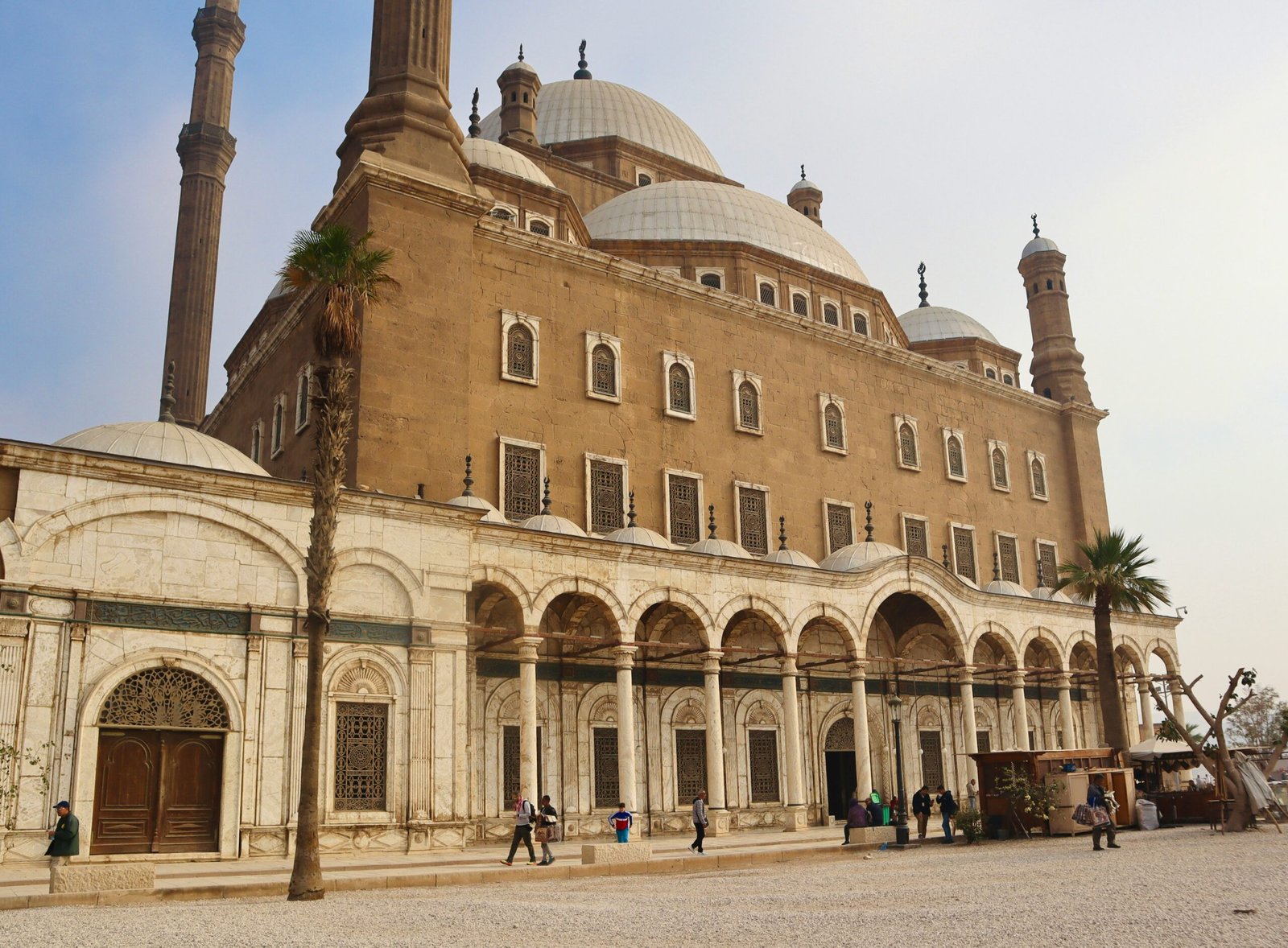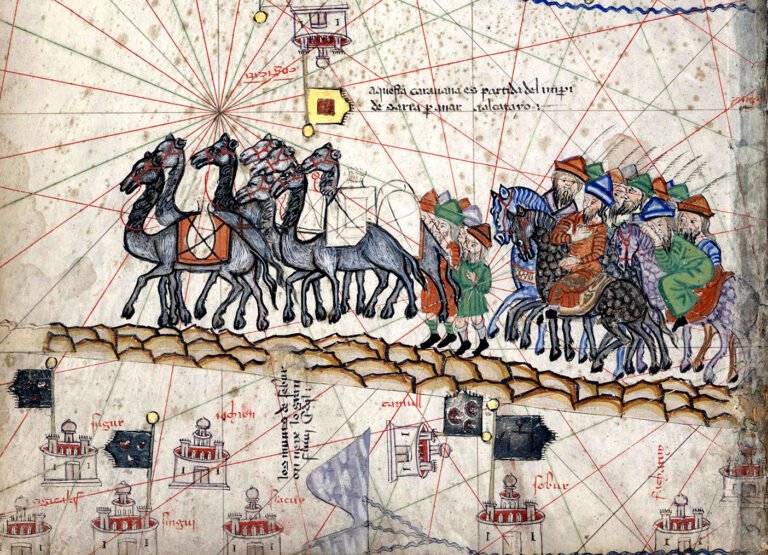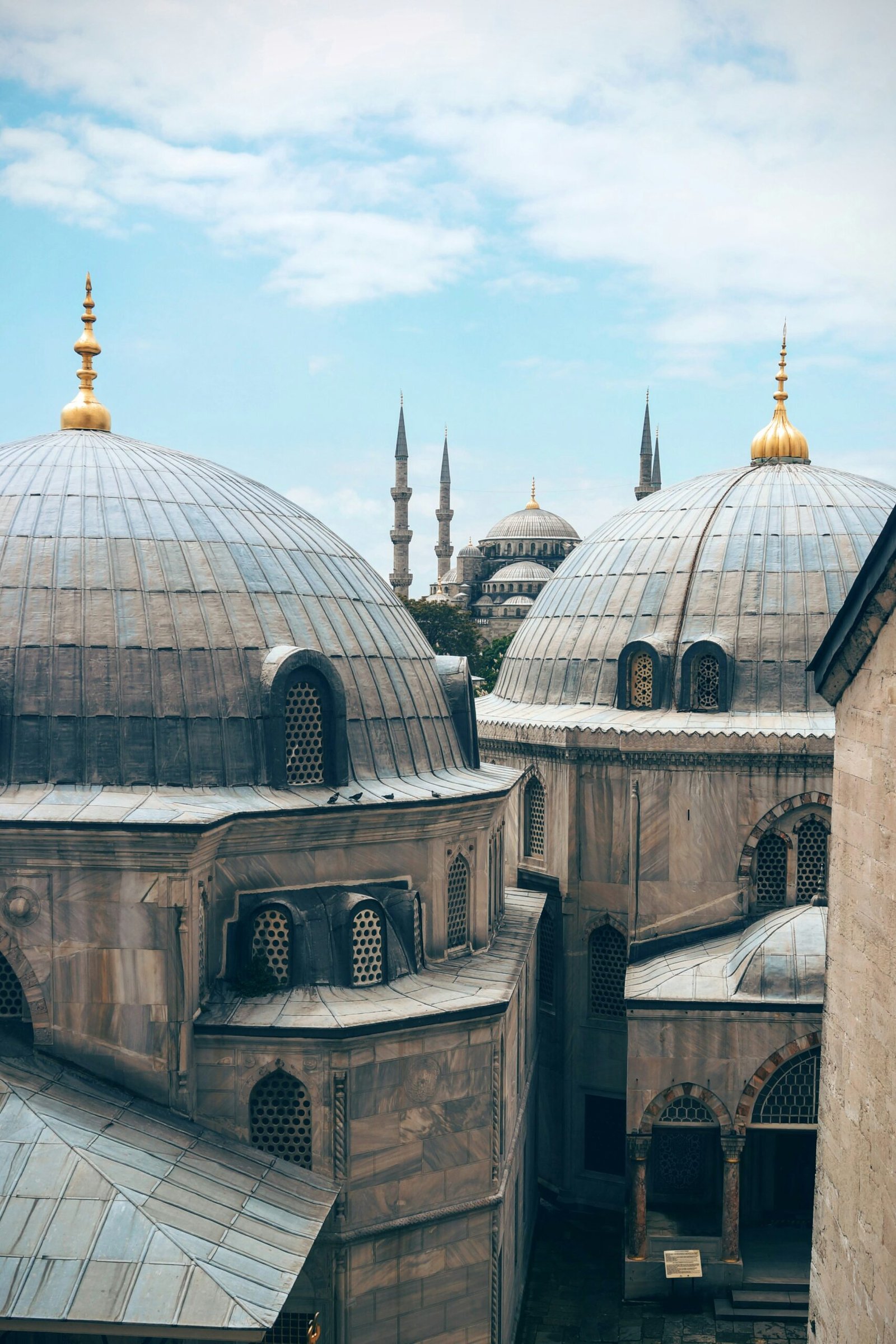Enduring Legacy and Historical Influence
The Byzantine Empire: A Historical Overview
The Byzantine Empire, also known as the Eastern Roman Empire, was a continuation of the Roman Empire in the eastern Mediterranean region after the fall of the Western Roman Empire. Its capital, Constantinople (modern-day Istanbul), was a thriving center of trade, culture, and power for over a thousand years.
Founded by the Roman Emperor Constantine in 330 AD, the Byzantine Empire endured through various periods of expansion, conflict, and cultural flourishing. Its rich history, political intrigues, and enduring legacy have left an indelible mark on the world.
Political and Administrative Structure
The Byzantine Empire was characterized by a complex political and administrative structure. The emperor, often considered both the head of state and the head of the church, wielded significant power. The imperial court was the center of political life, where intrigues, power struggles, and alliances played out.
The empire was divided into provinces, each governed by a provincial governor appointed by the emperor. The administrative machinery was highly organized, with a strong emphasis on centralized control and efficient governance.
One of the enduring legacies of the Byzantine Empire was its legal code. The Corpus Juris Civilis, also known as the Justinian Code, was a comprehensive compilation of Roman laws that formed the basis of legal practice in the empire. Its influence extended far beyond the borders of the empire and continues to shape legal systems to this day.
Religion and Culture
Religion played a central role in the life of the Byzantine Empire. Christianity, particularly the Eastern Orthodox branch, was the state religion and a unifying force for the empire. The Byzantine Emperor was not only a political leader but also the defender of the faith, responsible for upholding orthodoxy and suppressing heresy.
The Byzantine Empire was a beacon of culture and learning. Its capital, Constantinople, was a melting pot of diverse influences, where Greek, Roman, and Eastern traditions converged. The Byzantines were avid patrons of the arts, and their architectural, artistic, and literary achievements continue to inspire awe and admiration.
One of the most enduring legacies of the Byzantine Empire was its preservation and transmission of classical knowledge. The scholars and scribes of Byzantium meticulously copied and preserved ancient texts, safeguarding the wisdom of the past for future generations.
Challenges and Decline
Despite its enduring legacy, the Byzantine Empire faced numerous challenges throughout its existence. External threats from neighboring powers, including the Persian Empire and later the Islamic Caliphates, posed significant challenges to its security and territorial integrity.
Internal strife, power struggles, and bureaucratic inefficiencies also contributed to the decline of the empire. The Fourth Crusade in 1204 dealt a devastating blow to the Byzantine Empire, leading to the fragmentation of its territories and the establishment of the Latin Empire in Constantinople.
Ultimately, the Byzantine Empire succumbed to the relentless expansion of the Ottoman Turks, who captured Constantinople in 1453, marking the end of an era. The fall of Constantinople had far-reaching consequences, reshaping the geopolitical landscape of the Mediterranean and beyond.
Despite its ultimate demise, the Byzantine Empire’s legacy endures through its contributions to art, architecture, law, and culture. Its influence continues to be felt in the present day, serving as a testament to the enduring power of human creativity and resilience.



